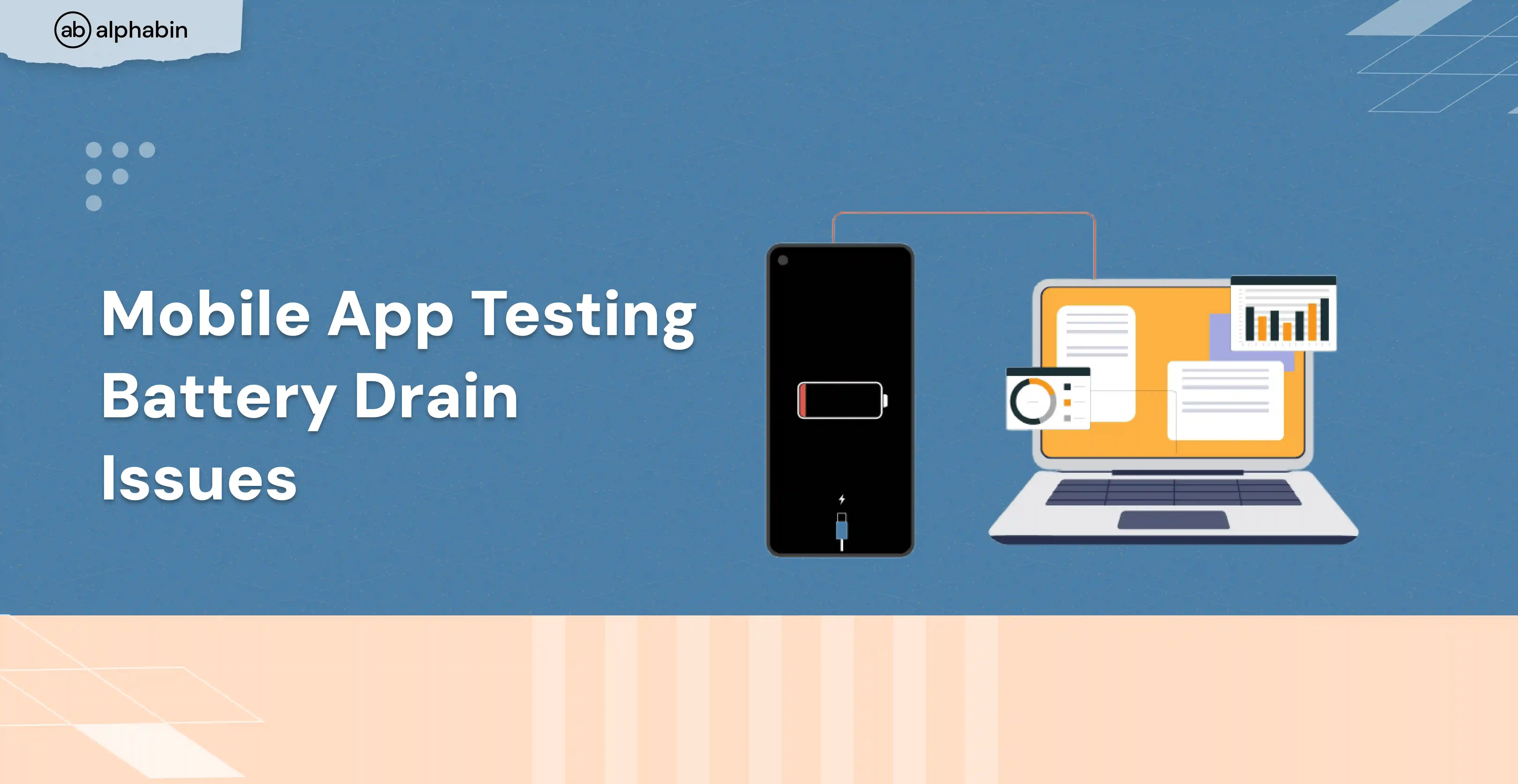Bugs and defects are common terms in software testing, but they are not the same. Many people use them interchangeably, but each serves a different purpose in identifying software issues.
Understanding their differences is crucial for identifying issues accurately, improving your testing process, and enhancing software quality. When your team can distinguish between bugs and defects, they can respond effectively and build more reliable software.
Still unsure about bug vs. defect? Let’s break down what bugs and defects are, provide real-world examples, and explain why this distinction matters in software testing.
Benefits of Identifying Bugs and Defects Early in SDLC
Launching a software application is exciting, but hidden dangers—bugs and defects—can threaten its success. These issues can impact performance, functionality, and user experience, making early detection crucial.
By identifying bugs and defects before launch, you can ensure a smoother rollout and avoid major setbacks. Here are three key benefits of early bug and defect detection:
- Reduced development time: Catching defects early prevents costly redesigns and delays, keeping projects on schedule.
- Cost efficiency: Fixing issues during development is far cheaper than addressing them after release. Early testing reduces long-term costs.
- Enhanced security: Bugs and defects can create security vulnerabilities, including data breaches and cyberattacks. Early testing helps prevent these risks and protects user information.
{{cta-image}}
What is a Bug and Its Type?
In software testing, any flaw or error in the software or its execution that causes it to behave wrongly can be termed a bug. This can range from minor problems of insignificance to possibly even grounding system performance altogether.
During software testing, different types of bugs can be found. Automation testing, an important aspect of agile development, is useful in quickly detecting and fixing bugs, thereby giving a higher quality of the software product. Some common types of bugs you may encounter during testing include:

1. Functional bugs
A functional bug can be noted if an application or a system has performed in a way that was not as required or expected. Such defects relate directly to how the program runs.
2. Logical bugs
A logical bug can be defined as a sort of software defect that originates from improper logic or algorithms in the code. These bugs are associated with situations where the program’s flow does not execute the intended functionality or business rules as planned.
3. Usability bugs
A usability bug is a type of software fault that impacts the usability of the application and makes it hard, confusing, or even irritating to function. These bugs are not necessarily associated with the fundamental use of the application but with the way people use it.
4. Unit-level bugs
Unit-level bugs are those that arise within a particular unit or component of a software program. A unit is the smallest component, like a function, method, or class, that can be tested within an application. Usually, problems with the programming logic or incorrect implementation of requirements inside the unit itself cause these defects.
5. Performance bugs
A performance bug is a type of software fault that degrades or affects the performance of an application so that it may run slower, draw on more system resources, or fail to respond as required in specific situations.
6. Security bugs
A bug that creates flaws in software applications, like data breaches, unauthorized access, and other malicious activity. This bug compromises confidentiality, integrity, and availability of the application and its data. It can have severe consequences, like financial loss, legal repercussions, and loss of user trust.
7. Integration bugs
Integration bugs occur when software components or systems with different functionalities communicate with each other. The error conditions arise from improper component integration, which may cause the system to break down or exhibit unexpected behavior in the overall system.
Working Process of Bugs Fixing (with Flowchart)
It is also known as the bug life cycle, which determines the step-by-step guide of how a bug will be created and ready for executing the code after the tester retests the app. Here is a complete flowchart of the bug life cycle.

What are Defects and Their Types?
In software testing, a defect is defined as any difference between the actual and expected behavior of the software. Sometimes, it is not about getting a different result, but about going beyond the purpose that the product was designed for. While bugs are much more localized in their potential effects, defects can affect a larger area.
To learn more about the definition of defects, you can visit ISTQB
There are several types of defects; let’s take a closer look at them:

1. Functional defects
These defects give rise to the wrong behavior of the software or to the fact that it simply does not work according to its intended function as described in the requirements.
2. Performance defects
These defects are the ones that cause a decrease in the speed, response, and sometimes overall efficiency of the software. These reasons may make the application slower, require excess resources, or fail under a load.
3. Usability defects
Usability defects are those that impact the usability aspect of the software to be developed in relation to the final user. There are some defects that make the software hard to manage, comprehend, or utilize properly.
4. Compatibility defects
Compatibility defects are imperfections that stem from a software application not performing as required when run across different devices and environments. These defects exist because one may have a different hardware or software configuration from another system, browser, or another piece of software that interfaces with the application.
5. Security defects
Security defects define some vulnerabilities in applications that might be exploited to compromise security in the software system. These defects can lead to unauthorized access, data breaches, and other security incidents.
6. Logical defects
Logical defects are errors in the algorithms or logic that lead to incorrect processing or decision-making within the software. These defects occur when the implemented logic does not align with the intended functionality or business rules.
Difference Between Bugs and Defects
{{cool-component}}
Bug vs Defect – Examples
Let’s know the real-time examples of bugs and defects.
Bug:
- A button on a website does not work when clicked.
- A text field in a web form does not accept input.
- A calculation in a financial app returns incorrect results.
- A video game crashes when a player reaches a certain level.
- A shopping cart fails to update the total price after adding a product.
Bugs often lead to malfunctions, crashes, or unexpected results, affecting the overall functionality of the software.
Defect:
- A report generated by an application is missing crucial data.
- A feature advertised on a software product’s website is not available in the actual product.
- A mobile app is slow and unresponsive, affecting user experience.
- A banking application has security vulnerabilities, making it prone to hacking.
- A file upload feature does not support the file formats mentioned in the product documentation.
Defects may not always break the system but can reduce its usability, efficiency, and security, making it less valuable to users.
Bug vs Defects - How Do You Track and Fix It?
Rules surrounding software testing allow testers to swap the terms bugs and defects in their discussions, yet these terms maintain their definitions. Users experience system problems from software bugs that stem from development flaws, but defects are detected during testing phases before software is released.
Successful management of bugs and defects requires the implementation of a bug-tracking system. Jira together with Asana provides tracking systems that manage issue statuses through reporting and resolution stages to prevent any oversight of essential problems and expedite their solutions.
Tracking Bugs and Defects:
This should include tracking software to identify the status and stages of the bug, which can be easily implemented for use by the tester during software testing to track bugs and defects.
A large number of bug-tracking tools are available both free and commercially oriented; however, some of the popular bug-tracking tools are Bugzilla, Jira, and Asic. Some Tips to Detect Bugs and Defects During Software Testing.
- Identify bugs and defects: This can be done by any user, developer, or tester of a software application.
- Log the bug and defect in the tracking system: This procedure involves some data, like what type of bug or defect is there; it also helps in reproducing the test in the bug tracking system and gives an expected or actual result.
- Categorize the bugs and defects in the tracking system: Testers have to track the issue on a priority basis based on severity or user impact.
- Assign a task to the developer: After tracking finishes, the tester needs to assign identified bugs to the developer who fixes the errors.
- Verification of bugs and defects by the tester: After assigning the bugs and defects to the developer, it is important to verify both from the tester's side to see if the application is working or not.
- Closing of bugs and defects: When the bug or defect is checked and fixed by both the developer and tester sides, then the bug-tracking system gets automatically updated and closed.
How to Fix Bugs and Defects:
After tracking the bugs with the help of a bug-tracking system, it is essential to know the steps to prevent bugs for better functioning in software testing.
Some of the steps to prevent bugs or defects are described as follows:
- Understanding bugs or defects: It is essential to understand the root cause of defects or bugs for the developer and also fix them.
- Fixing the issue: It is essential to resolve issues from the developer side without introducing new problems related to bugs and defects.
- Test the fixing of the issue: Since the developer has resolved the issue, it is imperative to test for flaws or defects to see whether the system functions appropriately.
- Deployment of fixing the issue: Once the issue has been tested by the developer side or tester side, it should be deployed to production so the user feels the experience.
{{cta-image-second}}
Best Practices for Reporting Bugs and Defects in Software
When the bugs or defects are tracked and prevented, then their report is necessary from the point of view of the tester. Below are the steps involved in processing a bug report and the issues communicated and addressed by the developer:
- Reproduce the issue: First, attempt to consistently reproduce the bug so we can accurately describe and document the exact sequence of inputs that lead to the problem.
- Verify the issue: Confirm that the problem is a bug, or defect, or has to do with any functionality, feature, or other reasoning that happened.
- Assign to a category: Categorize the bugs and submit options based on their type, such as UI/UX, performance, and security.
- Submission of the report: After creating a title, and describing bugs with the respective category assigned to it, use the prescribed tracking bug system and submit the reports.
- Verification of fixing the issue: After submitting the bug through the tracking system, verify whether the problem has ceased to persist and was solved.
We learned how testers find bugs and defects and then assign those to developers so that developers can rectify them. Let's learn a bit more about the roles and responsibilities of software testers.
Conclusion
The recognition of the difference between bugs and defects is what makes it easier for teams to focus on the right problems and, hence, address them more effectively to ensure a better quality software application. In turn, development teams can better organize their workflow, communicate better, and thus make their software more reliable and efficient.
Alphabin is dedicated to helping your organization achieve optimal software quality through its expert guidance and innovative solutions. Trust us and hire QA engineers to deliver the solutions needed to manage bugs and defects effectively, ensuring your software applications are successful and reliable.



.svg)











